In mid-January, I buy one of those coloring calendars. It’s not my first choice, but it’s better than 12 months of Harry Potter. In my kitchen, the black lines on creamy paper defy a shapeless landscape of snow and ice outside. But I know that months will pass before I touch the white spaces of the smirking frog, the daisy mandala, and the giant polka dot mushroom with lanterns hanging from its gills. Flipping through the months, I resolve to color only when I want to. I hang it without color, January’s butterflies swirling in negative space.
*
Another bone-colored winter gives way to spring mud and moldy grass. By now I’ve moved my tin of colored pencils and an egg-shaped sharpener to the kitchen counter. May’s potted blossoms are skeletal but seductive. I practice shading the edges of geraniums, pansies, and poppies, as if the sun were always to the east. Then my real poppies need to be thinned and the roses pruned. I never finish coloring May’s tiniest leaves.
*
I was nine or ten when my father decided to replace the muddy area in front of our back porch with a concrete patio. It had to be functional so that he could get rid of the warped two-by-fours he rigged into a wooden walkway during Vermont’s spring mud season. Then he and my mother started to imagine a picnic table and pots of geraniums on flagstone or pavers laid out like the city’s old cobblestone streets. I suppose concrete reminded them too much of our cellar floors and driveway walls, the hours of cement my father poured under flood lights after his workday ended.
Soon my father was spending evenings at the kitchen table drawing diagrams. He had this vision of a flagstone-looking patio made entirely of concrete. Instead of different colored stones, he would dye concrete red, green, brown, and dark gray, then pour each into a sectioned wooden mold the size of the patio. After removing the mold, he’d fill the gaps between colors with gray concrete.
My father seemed to enjoy the puzzle of creating the patio with no adjoining sections of the same color. He labeled and relabeled the sections R, G, B, DG, pausing after each inhale, holding his breath for a few seconds, then forcing the exhale through his nose. When my siblings and I heard this breathing, we tiptoed and did quiet things. Some evenings my father took his diagrams to his recliner and worked the puzzle while he watched the news on low volume. He never said much about the process, but he must have redrawn lines and resized sections in order to keep the colors separate.
After mud season, my father emerged from these evenings with a clean blueprint. He borrowed a cement mixer from his brother and devoted Sundays that summer to the patio. I know that his pattern worked because after the patio was finished, my sisters and I made a game of jumping from color to color, and our moves were never easy steps sideways or forward.
Sections of the patio cracked and crumbled over the years, measures of time and wear. My father repaired them with small batches of hand-mixed concrete. Then one November morning, he collapsed not far from the patio. That was 30 years ago, when he was the age I am now. When I think about it, I can’t imagine him dying anywhere but near the house and all of his projects.
*
At the center of November’s mandala, two fish curl head to tail. Around them, interwoven leaves, corn, and art deco vines stretch to the edges of the page. The more I color, the more the complex patterns appear. I complete a section of leaves with three shades of orange and two shades of green, then look outward to the ring of shells that imitate fish scales and fins. They’ll echo the fish with blue, maroon, rose, and gold. I start waking at 5:30 a.m. to drink coffee and color before I walk the dogs. I imagine I’ll finish before Thanksgiving. But when I’m coloring, I don’t look beyond the patterns. I don’t look beyond November to winter and the moment when I lift the page and the colors of these hours are gone.


